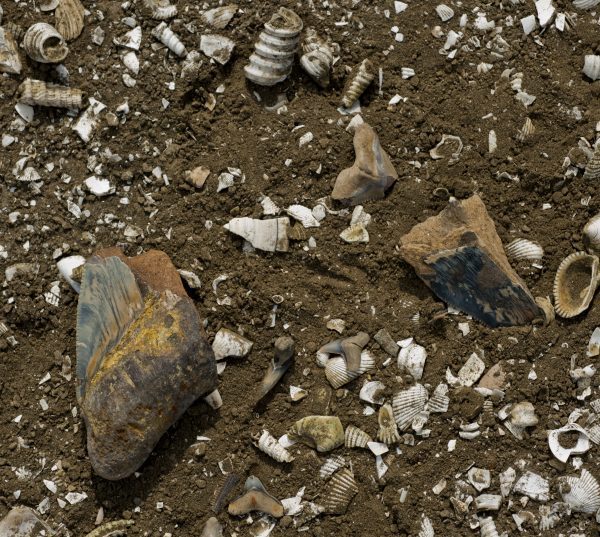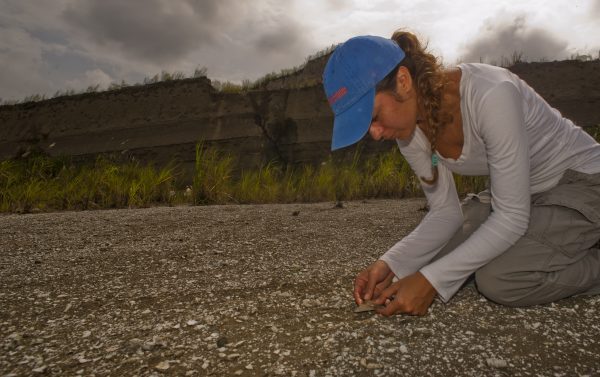A recent study led by researchers from the University of Florida sheds light on the prehistoric connections between the Atlantic and Pacific Oceans. The study, focused on 10-million-year-old shark and ray fossils in Panama, provides evidence of an interchange between the two oceans despite the ongoing formation of the Isthmus of Panama.

The researchers aimed to offer a comprehensive description of the ancient shark and ray fossils found in the Gatun Formation of northern Panama.
This area, once a shallow bay teeming with marine life, is now an important archaeological site. The team identified species that are currently restricted to the Pacific Ocean, indicating that the oceans were connected during the late Miocene.

Lead researcher Catalina Pimiento, a doctoral candidate at the Florida Museum of Natural History, emphasized the significance of this connection for the evolutionary history of sharks and possibly other marine animals. The findings suggest that the interchange facilitated the migration of species between the Atlantic and Pacific Oceans.
The researchers examined 800 specimens of shark and ray teeth from the Gatun Formation, identifying 26 species, including four extinct ones.
The study provides valuable insights into the ancient paleoenvironment of the region and contributes to our understanding of the evolutionary history of sharks, demonstrating that many of the shark species present today were also around 10 million years ago.

The study is part of the Panama Canal Project, supported by the Partnerships for International Research and Education program, funded by the National Science Foundation.
It aims to advance knowledge of the extinct faunas and floras of the ancient Neotropics based on new fossil discoveries along the Panama Canal. The ongoing large-scale expansions of the Panama Canal have provided opportunities for significant paleontological discoveries in the region.





